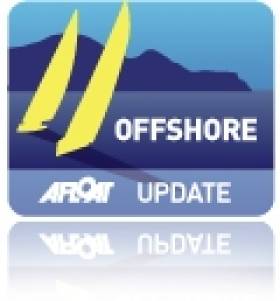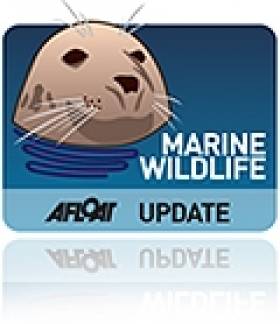Displaying items by tag: reference
New Smartphone Apps For Smart Sailing
#SailingApps - Two new smartphone apps are just the ticket for anyone looking for an easy-to-use reference guide while out on the water as this summer's sailing season gets into full swing.
Safe Skipper - for iOS and Android devices priced €2.69 (with a free version also available) - touts itself as an "essential quick reference" app intended for everyone who goes to sea, whether sailing or in powerboats.
The app is divided into three main sections. The 'preparation' section includes details and tips on doing engine and rigging checks, overboard drills and weather and tidal updates. The 'safety' section covers necessary equipment from anchors to flotation aids, and communications guides on AIS, VHF radio and even Morse code.
Finally, the 'distress and emergencies' section details plans of action in the event of dismasting, engine failure or fire, medical emergencies and abandoning ship.
Safe Skipper is illustrated by RYA qualified yachtsman Simon Jollands, providing clear instructions for whatever issue you might have while afloat.
Meanwhile, SailingApp (for iPhone, priced €5.49) is "built from the water up for sailors by sailors".
The dual-function app is split between tools - allowing sailors to make on-the-fly calculations and checks for such things as anchor rode - and topics essential for good seamanship practices available with a single click.
Users who download SailingApp before 31 May will also receive any future updates to the app free of charge.
First Humpback Whale Sighting of 2012 Is a Newcomer
#MARINE WILDLIFE - Ireland's first humpback whale of the year has been spotted off the Wexford coast.
The sighting was made yesterday by whale-watchers among a pod of fin whales some three miles south of Hook Head, according to TheJournal.ie.
The Irish Whale and Dolphin Group (IWDG) has also confirmed that the humpback is a new sighting in Irish waters, and has been designated the reference HBIRL18.
RTÉ News has images of the humpback whale HERE.

























































